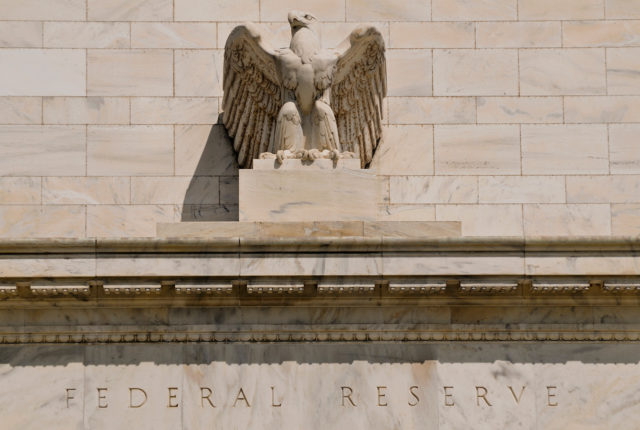
How Markets Typically Respond During the Last 3 Months of a Presidential Election
- 1984
- 1996
- 2012
- 1980
- 2008
- 2016
- 2020
- Policy Uncertainty
- Campaign Rhetoric
- Economic Indicators
- Global Events
The three months leading up to a U.S. presidential election are often characterized by market uncertainty and volatility, as investors weigh the potential impact of the election outcome on economic policies and the broader economy. Historical data suggests that markets generally perform better when the incumbent party is expected to win, driven by the expectation of policy continuity. However, external factors such as economic conditions and global events can significantly influence market behavior, making each election cycle unique. Investors typically brace for a bumpy ride during this period. During this period, it is important to realize that the US Presidential Election occurs every four years and the US Mid-term Elections occur every two years. Therefore, drastically changing your portfolio based on whether your individual party is in the White House today has never been a good strategy. Rather, focusing on Economic Growth (measured by GDP and unemployment), Low Inflation and Low Interest Rates, Strong Corporate Earnings, Investor Sentiment and Government Policies and Fiscal Measures will have a greater impact on the stock market’s direction. Long-term investors should focus on a company’s potential to increase its profits over many years, which ultimately drives stock prices higher in the long run.
Our commitment at Massey Romans Capital is to analyze the economy, markets, policies and what they mean for our investors. This is where our team will focus its energy and attention.The S&P 500 is an unmanaged portfolio of specific securities, the performance of which is often used as a benchmark in judging the relative performance of certain asset classes. Investors cannot invest directly in an index. An index does not charge management fees or brokerage expenses, and no such fees or expenses were deducted from the performance shown.
BRM Investment Management (“Massey Romans Capital”) is an investment adviser registered under the Investment Advisers Act of 1940. The information presented in the material is general in nature and is not designed to address your investment objectives, financial situation or particular needs. Prior to making any investment decision, you should assess, or seek advice from a professional regarding whether any particular transaction is relevant or appropriate to your individual circumstances. Although taken from reliable sources, the Firm cannot guarantee the accuracy of the information received from third parties.
The opinions expressed herein are those of the Firm and may not actually come to pass.Author
Bill RomansRelated posts
Productivity Miracle
The US Stock Market, as represented by the S&P500, is trading near an all-ti
Growth Stocks Continue to Win in 2023
“Skate to where the puck is going, not to where it has been”, Wayne Gretzky.
Why Do Investors Care So Much About the Federal Reserve?
The Federal Reserve (Fed) is essential because they manage the supply or availab


